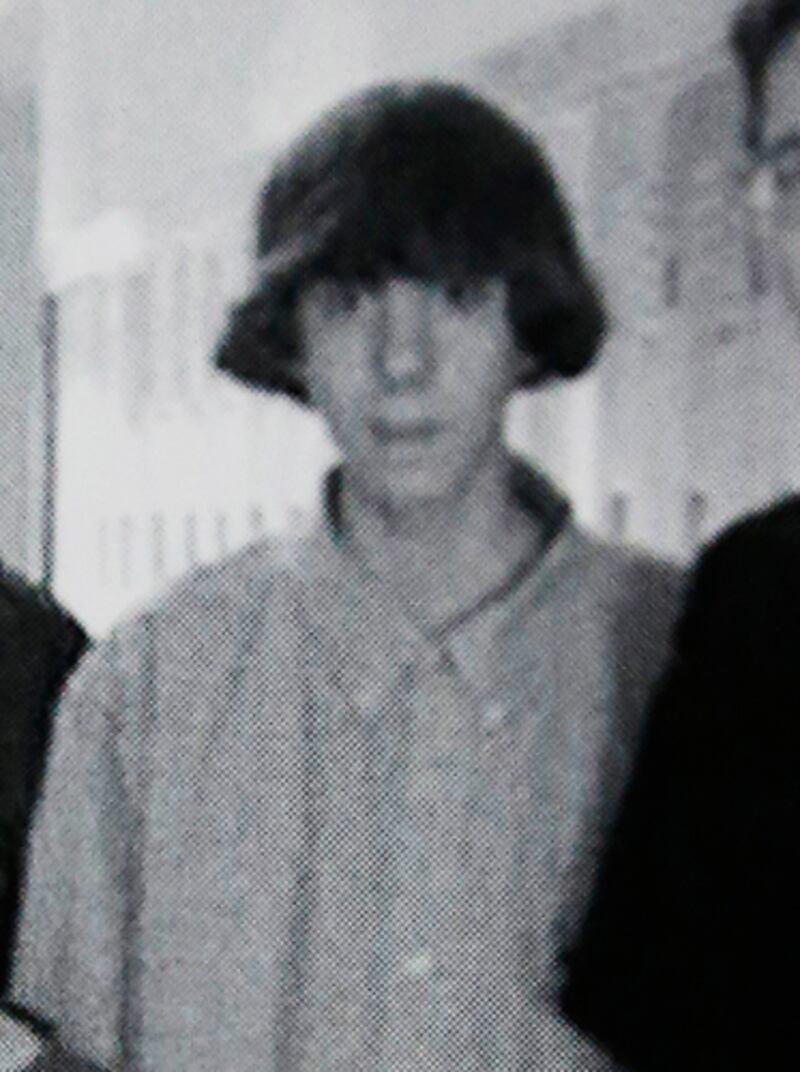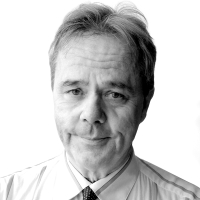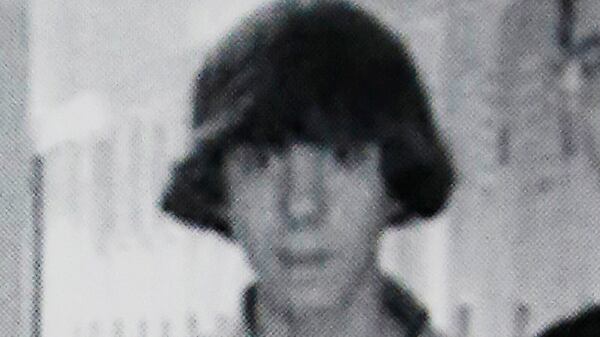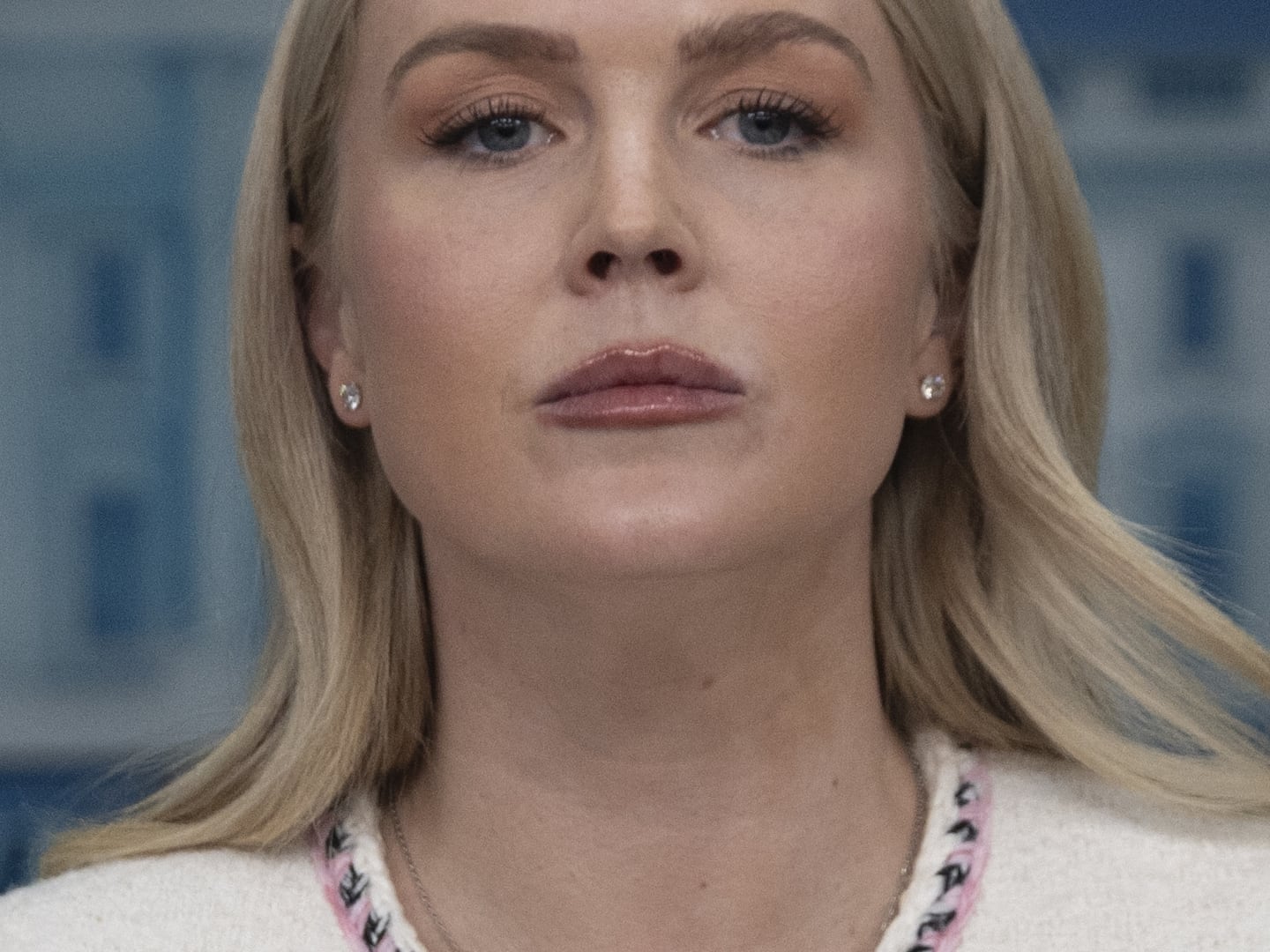On the morning Adam Lanza allegedly gunned down his mother, 20 small children, and five adults in a Connecticut school, his uncle was on the front page of a New Hampshire newspaper for bringing a man back to life.
The uncle, Officer James Champion of the Kingston Police Department in New Hampshire, had revived a jogger felled by a sudden heart attack who had gone into cardiac arrest.
“It’s a miracle,” Champion was quoted as saying of his lifesaving ministrations. “His family’s going to have him for Christmas.”
The story was on the newsstands when Champion got word of the carnage in Newtown, Conn., where his sister and her family had moved in 1998 after leaving the house next door to the one in which he still lived.
While Champion took in the horrifying news, fellow officers in Connecticut began to work on what they called the Puzzle; not just why 20-year-old Lanza went on a murderous rampage, but how he could possibly have chosen the target he did.
Adam did not go with his guns to his high school, as had the Columbine killers.
He did not go to a nearby college where he had studied, as had the Virginia Tech killer.
He did not go to a movie theater, as had the killer in Aurora, who also had dressed in black and used a similar military-style rifle.
Instead, he drove to Sandy Hook Elementary School, where he might have killed even more than 20 kids had the police not arrived.
The kids he did kill before taking his own life were ages 6 and 7, the very age he had been when his family first arrived in Sandy Hook.
Before the move, Adam, his brother, Ryan, and their parents, Nancy and Peter, had lived next to his cop uncle on land that had belonged to his maternal grandmother, Dorothy Champion Hanson. She had been an elementary-school nurse for 30 years, for a time at the same school her daughter and son attended. The grandfather was an airline pilot who moved into real estate before he died. Dorothy Champion’s second husband was a school principal and racehorse owner.
Nancy Lanza, Adam’s mother, is said to have worked part time as a stockbroker with John Hancock in Boston, but that ended when the family moved to Connecticut in 1996. She became a stay-at-home mom while her husband took a big-paying job as a tax expert.

And instead of going to the New Hampshire school where his mother and uncle had gone and where his grandmother had been the nurse, Adam became a new kid at Sandy Hook Elementary. One of Nancy’s friends later would say that Adam had difficulties there and that his mother sometimes came to the school to assist.
Adam is remembered by middle-school classmates mainly for being extremely reserved and for carrying a black briefcase rather than a backpack like the others. He is said to have continued to use the briefcase when he proceeded to Newtown High School. A former fellow student says he would clutch the briefcase as if it gave him some kind of comfort.
The school district’s then head of security, Richard Novia, recalls that Adam suffered from a physical disorder that left him unable to feel pain, which required extra supervision whenever he handled equipment with which he might unknowingly injure himself. Novia recalls that Adam also seemed to have spells where he experienced a psychological corollary to his physical condition, withdrawing so much that his mother would have to be summoned.
During his sophomore year, Adam’s mother took him out of high school. He is said to have been homeschooled and to have taken college-level computer courses at Western Connecticut State University.
Meanwhile, the relationship between his parents was unraveling. One law-enforcement source says the local police visited the home on more than one occasion, though that has not been confirmed by the authorities and there is no mention of domestic violence in the immediately available court records of their uncontested divorce in 2008.
The exact cause of the split may or may not figure in the larger puzzle. The very fact of it almost certainly does.
The father moved out and settled in nearby Stamford. Adam’s older brother headed off to start his own life. Adam remained with his mother, who received some $250,000 a year in alimony. Adam used one bedroom to sleep in, another for his computer.
At 20, he seemed to have few, if any friends. He had no job. And he seemed to become only less ready to venture unassisted into adulthood or to cease being a stay-at-home son.
The mother frequented a local bar called My Place, and, as reported by the New York Daily News, she told a friend there that she was becoming increasingly worried about her son. She confided to the friend that Adam had begun burning himself with a lighter.
“It was like he was trying to feel something,” the friend told the Daily News.
At other times, the mother spoke of her passion for guns. She owned at least two handguns and a military-style rifle, but neither she nor her buddies seemed to have stopped to think it unwise to have such weapons in a home with a troubled son.
Adam is said to have started his killing spree by shooting his mother in the head as she lay in her bed. He then set off in her car with at least three of her guns.
His rage was his own, and it must have been building in him those years when he was so quiet and withdrawn. He must have just stashed it away as if in some psychic black briefcase that was finally bursting with what had been there all along, what made him more different than anybody imagined.
Had he gone to the high school or the college or a movie theater or a mall, he would have been described as another withdrawn misfit gone murderous.
He instead went to the elementary school and killed 20 children about the age he had been when he first arrived in Sandy Hook.
Maybe he marked that as the age when everything seemed to change for him.
Maybe he wanted to cheat the kids now this age from growing up to have friends and fun and careers and eventually kids of their own.
Maybe he wanted to show everybody who it really was who had appeared in their midst from New Hampshire 14 years before.
Or maybe he was just a monster who wanted to do the absolute worst thing anybody could possibly do.
Investigators were still trying to piece together some kind of answer when President Obama arrived Sunday. There, he sought to console the grieving families and attend a vigil in the wake of another mass shooting, the fourth of his presidency, but this one is so much more shattering than any other.
The clerics who offered a prayer included pastor Jim Solomon. He had earlier spoken of a 6-year-old in his congregation who had been the only one in her class to survive by playing dead and then had run from the school covered in blood crying out, “Mommy, I’m OK, but all my friends are dead.”
Obama also spoke, with rows of white candles representing the victims flickering in front of the podium with its presidential seal. He spoke of how “unconscionable evil” was met by the selfless bravery of the adults and of the children. He quoted the little boy who said, “I know karate. So it’s OK, I’ll lead the way out.”
And as Obama spoke of a parent’s anxieties, it was made clear again that whatever made the killer a killer, this young man who could not feel pain was determined to inflict as much pain on others as he could, to hurt us in the worst possible way, to make the survivors’ ability to feel a curse.
“This most precious, vital part of ourselves, our child, is suddenly exposed to the world,” Obama said. “There is nothing we will not do to keep our children from harm.”
He read the first names of the murdered children in the same tone as if he were addressing them one by one. It seemed as if somehow they could surely hear him.
He then addressed this whole nation of parents.
“This is our first task, taking care of our children,” he said.
He cited the lesson the town is teaching us all.
“You remind us what matters.”
Obama set off back to the White House pledging to do something about gun violence. The investigators continued trying to solve the Puzzle of what made the nephew of a hero cop into a monster who may be beyond explaining.






